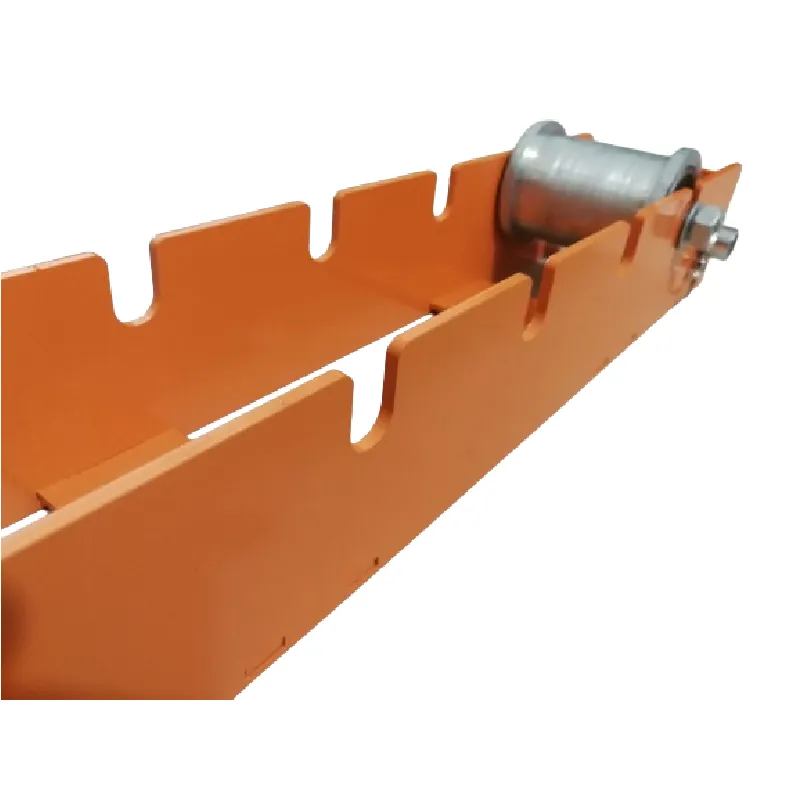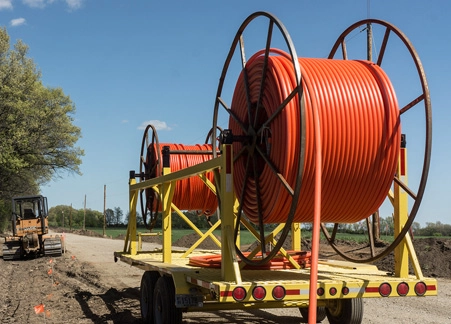
-
 Afrikaans
Afrikaans -
 Albanian
Albanian -
 Amharic
Amharic -
 Arabic
Arabic -
 Armenian
Armenian -
 Azerbaijani
Azerbaijani -
 Basque
Basque -
 Belarusian
Belarusian -
 Bengali
Bengali -
 Bosnian
Bosnian -
 Bulgarian
Bulgarian -
 Catalan
Catalan -
 Cebuano
Cebuano -
 Corsican
Corsican -
 Croatian
Croatian -
 Czech
Czech -
 Danish
Danish -
 Dutch
Dutch -
 English
English -
 Esperanto
Esperanto -
 Estonian
Estonian -
 Finnish
Finnish -
 French
French -
 Frisian
Frisian -
 Galician
Galician -
 Georgian
Georgian -
 German
German -
 Greek
Greek -
 Gujarati
Gujarati -
 Haitian Creole
Haitian Creole -
 hausa
hausa -
 hawaiian
hawaiian -
 Hebrew
Hebrew -
 Hindi
Hindi -
 Miao
Miao -
 Hungarian
Hungarian -
 Icelandic
Icelandic -
 igbo
igbo -
 Indonesian
Indonesian -
 irish
irish -
 Italian
Italian -
 Japanese
Japanese -
 Javanese
Javanese -
 Kannada
Kannada -
 kazakh
kazakh -
 Khmer
Khmer -
 Rwandese
Rwandese -
 Korean
Korean -
 Kurdish
Kurdish -
 Kyrgyz
Kyrgyz -
 Lao
Lao -
 Latin
Latin -
 Latvian
Latvian -
 Lithuanian
Lithuanian -
 Luxembourgish
Luxembourgish -
 Macedonian
Macedonian -
 Malgashi
Malgashi -
 Malay
Malay -
 Malayalam
Malayalam -
 Maltese
Maltese -
 Maori
Maori -
 Marathi
Marathi -
 Mongolian
Mongolian -
 Myanmar
Myanmar -
 Nepali
Nepali -
 Norwegian
Norwegian -
 Norwegian
Norwegian -
 Occitan
Occitan -
 Pashto
Pashto -
 Persian
Persian -
 Polish
Polish -
 Portuguese
Portuguese -
 Punjabi
Punjabi -
 Romanian
Romanian -
 Russian
Russian -
 Samoan
Samoan -
 Scottish Gaelic
Scottish Gaelic -
 Serbian
Serbian -
 Sesotho
Sesotho -
 Shona
Shona -
 Sindhi
Sindhi -
 Sinhala
Sinhala -
 Slovak
Slovak -
 Slovenian
Slovenian -
 Somali
Somali -
 Spanish
Spanish -
 Sundanese
Sundanese -
 Swahili
Swahili -
 Swedish
Swedish -
 Tagalog
Tagalog -
 Tajik
Tajik -
 Tamil
Tamil -
 Tatar
Tatar -
 Telugu
Telugu -
 Thai
Thai -
 Turkish
Turkish -
 Turkmen
Turkmen -
 Ukrainian
Ukrainian -
 Urdu
Urdu -
 Uighur
Uighur -
 Uzbek
Uzbek -
 Vietnamese
Vietnamese -
 Welsh
Welsh -
 Bantu
Bantu -
 Yiddish
Yiddish -
 Yoruba
Yoruba -
 Zulu
Zulu


TEL:
0086-311-88862036
Feb . 05, 2025 01:13 Back to list
lashing wire grip
In the intricate world of wire installations, lashing wire grips stand as pivotal tools, ensuring stability and safety in various industrial applications. As everyday consumers, businesses, or even professionals exploring high-end wire management solutions, understanding the significance and application of lashing wire grips is crucial in cultivating reliable infrastructures.
Informed by years of industry experience, seasoned installers recognize the value of periodic inspections and maintenance. Such practices preempt potential hazards, identifying early signs of wear and preventing accidents and costly downtimes. Consequently, companies often integrate these measures into their standard operating procedures, fostering a culture of safety and trustworthiness in their operations. Moreover, the appreciation for lashing wire grips extends into other sectors as well, such as electric utility companies and cable television providers. In these applications, the emphasis remains on selecting grips that align with specific project requirements, including cable type and environmental conditions. Expert recommendations often advocate for customized solutions, ensuring the selections cater precisely to the nuances of each unique project. The authoritative voice in the industry continuously highlights innovation, as manufacturers evolve the traditional designs of these grips to meet modern challenges. Emerging designs may feature enhanced grip mechanisms or materials optimized for specific environmental or operational demands. Such innovations are critically assessed and gradually adopted within the industry, balancing tradition’s proven reliability with cutting-edge technological advances. In retrospective consideration of the user experience, individuals and businesses have increasingly taken to digital platforms to share their experiences, reviews, and recommendations regarding specific lashing wire grip brands and models. This collective pool of user-generated content contributes significantly to the broader knowledge base, allowing future users to make informed decisions grounded in reputable and comprehensive experience narratives. In essence, the lashing wire grip emerges not simply as a tool but as a fundamental component whose selection and application demand an alignment with professional expertise, diligent practice, and thoughtful analysis of evolving needs. As infrastructure continues to develop, the role of this seemingly humble component remains pivotal, its importance mirrored in the steadfast reliability and efficiency of the networks we rely upon every day.


Informed by years of industry experience, seasoned installers recognize the value of periodic inspections and maintenance. Such practices preempt potential hazards, identifying early signs of wear and preventing accidents and costly downtimes. Consequently, companies often integrate these measures into their standard operating procedures, fostering a culture of safety and trustworthiness in their operations. Moreover, the appreciation for lashing wire grips extends into other sectors as well, such as electric utility companies and cable television providers. In these applications, the emphasis remains on selecting grips that align with specific project requirements, including cable type and environmental conditions. Expert recommendations often advocate for customized solutions, ensuring the selections cater precisely to the nuances of each unique project. The authoritative voice in the industry continuously highlights innovation, as manufacturers evolve the traditional designs of these grips to meet modern challenges. Emerging designs may feature enhanced grip mechanisms or materials optimized for specific environmental or operational demands. Such innovations are critically assessed and gradually adopted within the industry, balancing tradition’s proven reliability with cutting-edge technological advances. In retrospective consideration of the user experience, individuals and businesses have increasingly taken to digital platforms to share their experiences, reviews, and recommendations regarding specific lashing wire grip brands and models. This collective pool of user-generated content contributes significantly to the broader knowledge base, allowing future users to make informed decisions grounded in reputable and comprehensive experience narratives. In essence, the lashing wire grip emerges not simply as a tool but as a fundamental component whose selection and application demand an alignment with professional expertise, diligent practice, and thoughtful analysis of evolving needs. As infrastructure continues to develop, the role of this seemingly humble component remains pivotal, its importance mirrored in the steadfast reliability and efficiency of the networks we rely upon every day.
Next:
Latest news
The Unique Design of Cable Socks
NewsJun.04,2025
Swivel Connectors in Industrial Automation
NewsJun.04,2025
Safety Features of Link Sticks
NewsJun.04,2025
How to choose the best cable pulling winch for sale
NewsJun.04,2025
Fish tape safety precautions
NewsJun.04,2025
Essential Maintenance Tips for Cable Pulling Tools
NewsJun.04,2025
Copyright © 2025 Shijiazhuang Bilo Import and Export Trading Co., Ltd. All Rights Reserved. Sitemap | Privacy Policy

BlLo lmport & Éxport is specialized in power and cable equipment andconsiruction tools,Qur main producis are FRP
duct rodder, cable rollerscable pulling winch, cable drum jack, cable pulling sock, etc.
Copyright © 2025 Shijiazhuang Bilo Import and Export Trading Co., Ltd. All Rights Reserved. Sitemap | Privacy Policy










